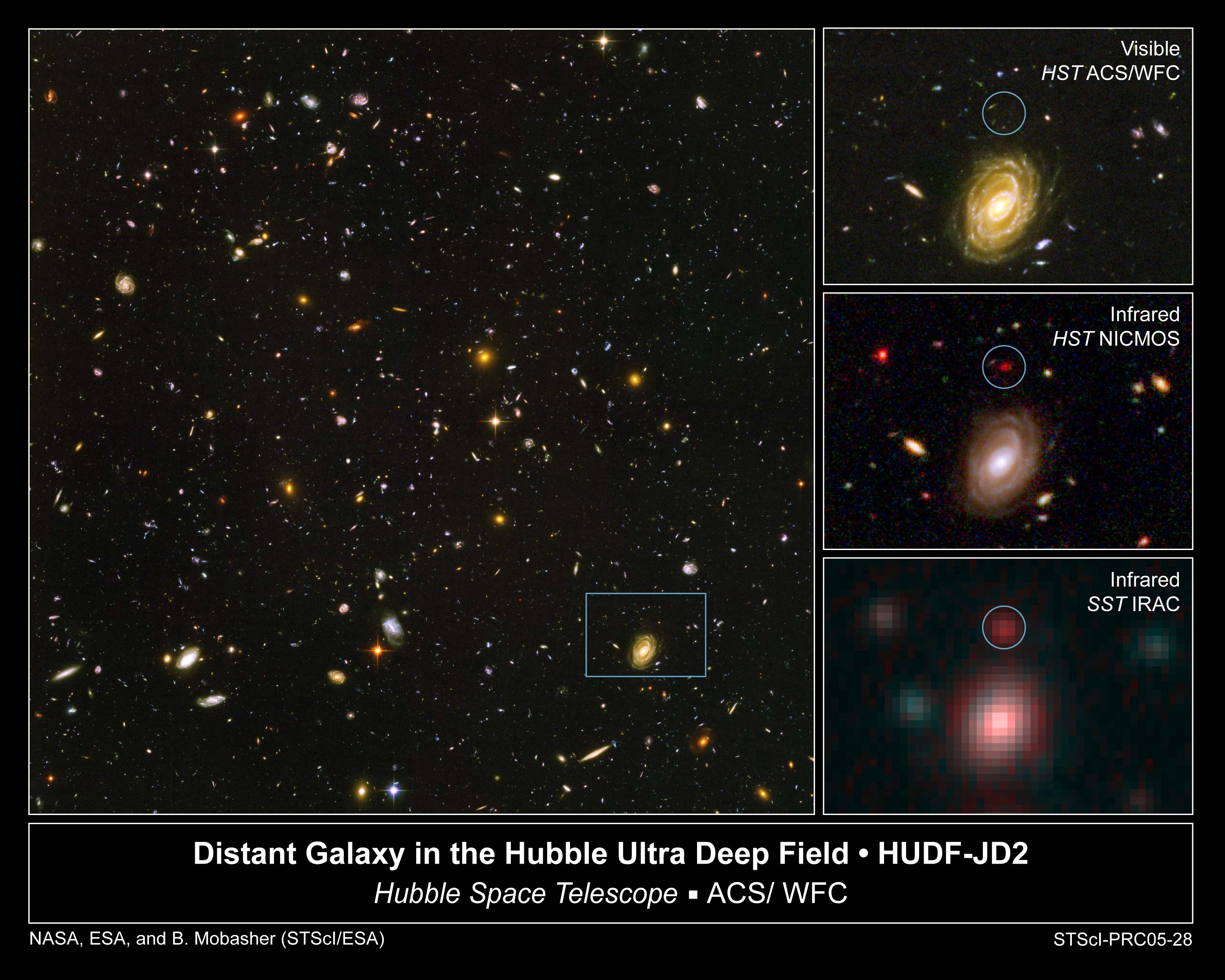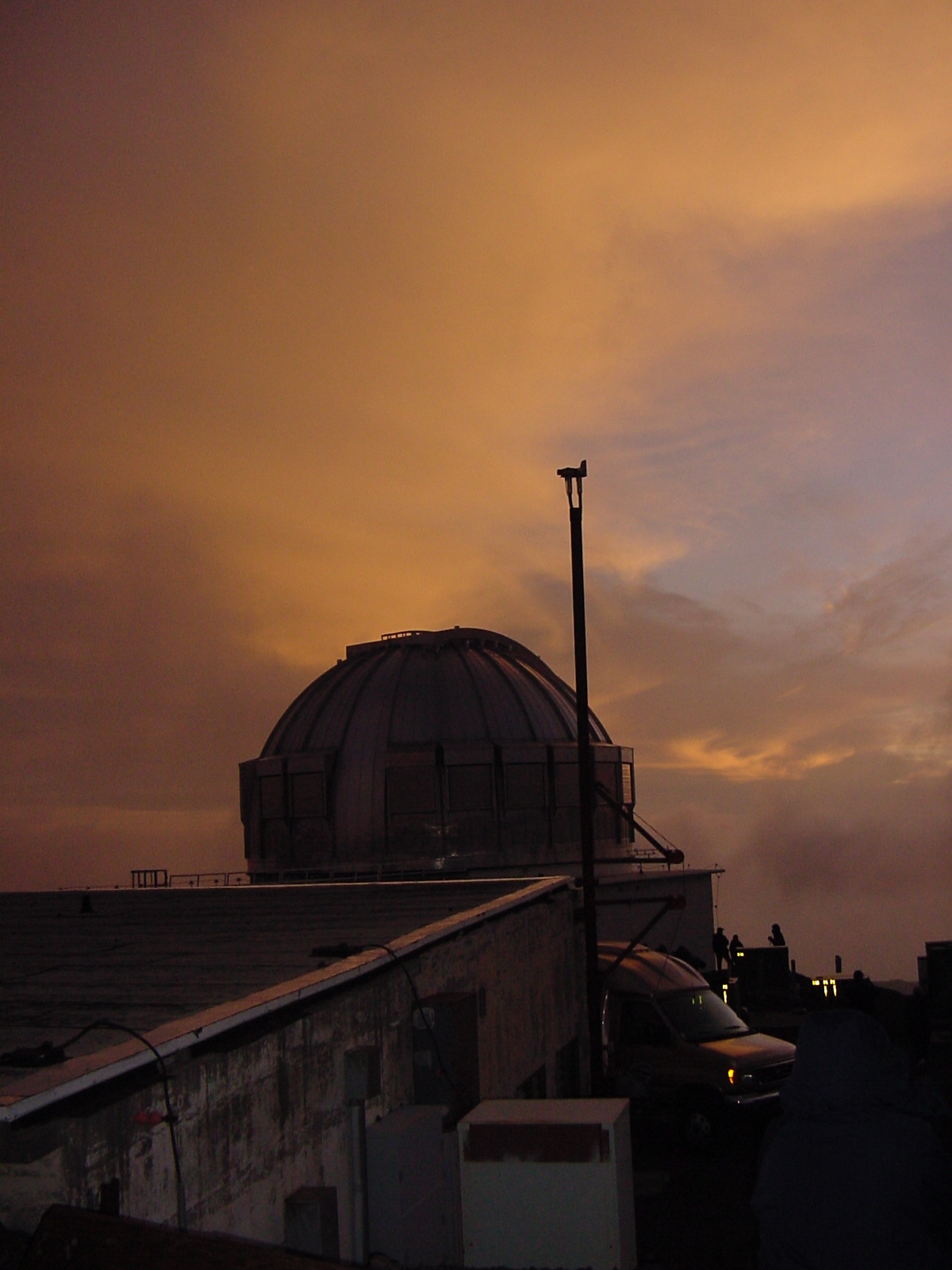|
ULAS J003402.77−005206.7
ULAS J003402.77-005206.7 (also ULAS J0034-00) is a T9-type brown dwarf in the constellation of Cetus. ULAS J0034-00 is one of the coolest brown dwarfs known. It was first identified in data from the UK Infrared Telescope ( UKIRT) Infrared Deep Sky Survey ( UKIDSS). Infrared spectra subsequently taken with the IRS instrument on the Spitzer Space Telescope give an estimated effective temperature of between 550 and 600 K and does not emit any visible light. Its mass is estimated at between 5 and 20 Jupiter mass The Jupiter mass, also called Jovian mass, is the unit of mass equal to the total mass of the planet Jupiter. This value may refer to the mass of the planet alone, or the mass of the entire Jovian system to include the moons of Jupiter. Jupiter ...es and its age at between 0.1 and 2.0 billion years. References Cetus {{Brown-dwarf-stub T-type brown dwarfs ... [...More Info...] [...Related Items...] OR: [Wikipedia] [Google] [Baidu] |
UKIDSS Large Area Survey
The UKIRT Infrared Deep Sky Survey or UKIDSS is an astronomical survey conducted using the WFCAM wide field camera on the United Kingdom Infrared Telescope on Mauna Kea in Hawaii. Survey observations were commenced in 2005. UKIDSS consists of five surveys covering a range of areas and depths, using various combinations of five near-infrared filters. Description UKIDSS as a large-scale near infrared survey follows 2MASS and anticipates the VISTA telescope in the Southern hemisphere. It aims to cover 7500 square degrees of the Northern sky. Four particular areas of investigation for UKIDSS are: "the coolest and nearest brown dwarfs, high-redshift dusty starburst galaxies, elliptical galaxies and galaxy clusters at redshifts 1 < ''z'' < 2, and the highest-redshift quasars, at ''z'' = 7". Retrieved April 30, 2007. The UKIDSS data become available onlin ... [...More Info...] [...Related Items...] OR: [Wikipedia] [Google] [Baidu] |
Constellation
A constellation is an area on the celestial sphere in which a group of visible stars forms Asterism (astronomy), a perceived pattern or outline, typically representing an animal, mythological subject, or inanimate object. The first constellations were likely defined in prehistory. People used them to relate stories of their beliefs, experiences, creation myth, creation, and mythology. Different cultures and countries invented their own constellations, some of which lasted into the early 20th century before today's constellations were internationally recognized. The recognition of constellations has changed significantly over time. Many changed in size or shape. Some became popular, only to drop into obscurity. Some were limited to a single culture or nation. Naming constellations also helped astronomers and navigators identify stars more easily. Twelve (or thirteen) ancient constellations belong to the zodiac (straddling the ecliptic, which the Sun, Moon, and planets all traver ... [...More Info...] [...Related Items...] OR: [Wikipedia] [Google] [Baidu] |
The Astrophysical Journal
''The Astrophysical Journal'' (''ApJ'') is a peer-reviewed scientific journal of astrophysics and astronomy, established in 1895 by American astronomers George Ellery Hale and James Edward Keeler. The journal discontinued its print edition and became an electronic-only journal in 2015. Since 1953, ''The Astrophysical Journal Supplement Series'' (''ApJS'') has been published in conjunction with ''The Astrophysical Journal'', with generally longer articles to supplement the material in the journal. It publishes six volumes per year, with two 280-page issues per volume. ''The Astrophysical Journal Letters'' (''ApJL''), established in 1967 by Subrahmanyan Chandrasekhar as Part 2 of ''The Astrophysical Journal'', is now a separate journal focusing on the rapid publication of high-impact astronomical research. The three journals were published by the University of Chicago Press for the American Astronomical Society until, in January 2009, publication was transferred to IOP Publis ... [...More Info...] [...Related Items...] OR: [Wikipedia] [Google] [Baidu] |
Jupiter Mass
The Jupiter mass, also called Jovian mass, is the unit of mass equal to the total mass of the planet Jupiter. This value may refer to the mass of the planet alone, or the mass of the entire Jovian system to include the moons of Jupiter. Jupiter is by far the most massive planet in the Solar System. It is approximately 2.5 times as massive as all of the other planets in the Solar System combined. Jupiter mass is a common unit of mass in astronomy that is used to indicate the masses of other similarly-sized objects, including the outer planets, extrasolar planets, and brown dwarfs, as this unit provides a convenient scale for comparison. Current best estimates The current best known value for the mass of Jupiter can be expressed as : M_\mathrm=(1.89813 \pm 0.00019)\times10^ \text, which is about as massive as the Sun (is about ): M_\mathrm=\frac M_ \approx (9.547919 \pm 0.000002) \times10^ M_. Jupiter is 318 times as massive as Earth: M_\mathrm = 3.1782838 \times 10^2 M_\o ... [...More Info...] [...Related Items...] OR: [Wikipedia] [Google] [Baidu] |
Kelvin
The kelvin (symbol: K) is the base unit for temperature in the International System of Units (SI). The Kelvin scale is an absolute temperature scale that starts at the lowest possible temperature (absolute zero), taken to be 0 K. By definition, the Celsius scale (symbol °C) and the Kelvin scale have the exact same magnitude; that is, a rise of 1 K is equal to a rise of 1 °C and vice versa, and any temperature in degrees Celsius can be converted to kelvin by adding 273.15. The 19th century British scientist Lord Kelvin first developed and proposed the scale. It was often called the "absolute Celsius" scale in the early 20th century. The kelvin was formally added to the International System of Units in 1954, defining 273.16 K to be the triple point of water. The Celsius, Fahrenheit, and Rankine scales were redefined in terms of the Kelvin scale using this definition. The 2019 revision of the SI now defines the kelvin in terms of energy by setting the Bo ... [...More Info...] [...Related Items...] OR: [Wikipedia] [Google] [Baidu] |
Spitzer Space Telescope
The Spitzer Space Telescope, formerly the Space Infrared Telescope Facility (SIRTF), was an infrared space telescope launched in 2003, that was deactivated when operations ended on 30 January 2020. Spitzer was the third space telescope dedicated to infrared astronomy, following IRAS (1983) and ISO (1995–1998). It was the first spacecraft to use an Earth-trailing orbit, later used by the Kepler planet-finder. The planned mission period was to be 2.5 years with a pre-launch expectation that the mission could extend to five or slightly more years until the onboard liquid helium supply was exhausted. This occurred on 15 May 2009. Without liquid helium to cool the telescope to the very low temperatures needed to operate, most of the instruments were no longer usable. However, the two shortest-wavelength modules of the IRAC camera continued to operate with the same sensitivity as before the helium was exhausted, and continued to be used into early 2020 in the Spitzer Warm Mission ... [...More Info...] [...Related Items...] OR: [Wikipedia] [Google] [Baidu] |
UKIDSS
The UKIRT Infrared Deep Sky Survey or UKIDSS is an astronomical survey conducted using the WFCAM wide field camera on the United Kingdom Infrared Telescope on Mauna Kea in Hawaii. Survey observations were commenced in 2005. UKIDSS consists of five surveys covering a range of areas and depths, using various combinations of five near-infrared filters. Description UKIDSS as a large-scale near infrared survey follows 2MASS and anticipates the VISTA telescope in the Southern hemisphere. It aims to cover 7500 square degrees of the Northern sky. Four particular areas of investigation for UKIDSS are: "the coolest and nearest brown dwarfs, high-redshift dusty starburst galaxies, elliptical galaxies and galaxy clusters at redshifts 1 < ''z'' < 2, and the highest-redshift quasars, at ''z'' = 7". Retrieved April 30, 2007. The UKIDSS data become available onlin ... [...More Info...] [...Related Items...] OR: [Wikipedia] [Google] [Baidu] |
UKIRT
The United Kingdom Infra-Red Telescope (UKIRT) is a 3.8 metre (150 inch) infrared reflecting telescope, the second largest dedicated infrared (1 to 30 micrometres) telescope in the world. It is located on Mauna Kea, Hawai'i as part of Mauna Kea Observatory. Until 2014 it was operated by the Joint Astronomy Centre in Hilo. It was owned by the United Kingdom Science and Technology Facilities Council. UKIRT is currently being funded by NASA and operated under scientific cooperation between Lockheed Martin Advanced Technology Center, the University of Hawaii, and the U. S. Naval Observatory. The telescope is set to be decommissioned after completion of the Thirty Meter Telescope as part of the Mauna Kea Comprehensive Management Plan. Design Like related telescopes on Tenerife, it is a Cassegrain device with a thin primary mirror, around 2/3 thinner than in other contemporary devices and weighing only 6.5 tonnes. When trying to view distant objects in infra-red local sources of ... [...More Info...] [...Related Items...] OR: [Wikipedia] [Google] [Baidu] |
Brown Dwarf
Brown dwarfs are substellar objects that have more mass than the biggest gas giant planets, but less than the least massive main sequence, main-sequence stars. Their mass is approximately 13 to 80 Jupiter mass, times that of Jupiter ()not big enough to sustain nuclear fusion of hydrogen into helium in their cores, but massive enough to emit some light and heat from the deuterium fusion, fusion of deuterium (deuterium, 2H). The most massive ones (> ) can lithium burning, fuse lithium (lithium-7, 7Li). Astronomers classify self-luminous objects by Stellar classification#Spectral types, spectral type, a distinction intimately tied to the surface temperature, and brown dwarfs occupy types M (2100–3500 Kelvin, K), L (1300–2100 Kelvin, K), T (600–1300 Kelvin, K), and Y ( 80 ''M''J), which have spectral classes L2 to L6. Spectral class T As GD 165B is the prototype of the L dwarfs, Gliese 229B is the prototype of a second ne ... [...More Info...] [...Related Items...] OR: [Wikipedia] [Google] [Baidu] |
T Dwarf
An object with the spectral type T (also called T dwarf or methane brown dwarf) is either a brown dwarf or young free-floating planetary-mass object. A directly imaged exoplanet with a young age can also be a T-dwarf. T dwarfs are colder than L dwarfs, but warmer than Y dwarfs. Prototype Gliese 229B The first T-dwarf discovered was Gliese 229B, which was discovered in 1995. This object had a temperature below 1000 K and showed methane (CH4), water vapor (H2O) and carbon monoxide (CO) in its spectrum. In the upper atmosphere CO is converted into CH4 and H2O, while the opposite is true for the hotter lower atmosphere. It also showed absorption due to caesium (Cs), but absorption features commonly found in M-dwarfs ( CaH, FeH, TiO, and VO) were missing. Ammonia (NH3) was included in the analysis of the spectrum. Sodium (Na) and potassium (K) are also detected in this T-dwarf. Later work found a dynamical mass of 70 ± 5 for Gliese 229B, which is much higher than the cooli ... [...More Info...] [...Related Items...] OR: [Wikipedia] [Google] [Baidu] |
SIMBAD
SIMBAD (the Set of Identifications, Measurements and Bibliography for Astronomical Data) is an astronomy, astronomical database of objects beyond the Solar System. It is maintained by the Centre de données astronomiques de Strasbourg (CDS), France. SIMBAD was created by merging the Catalog of Stellar Identifications (CSI) and the Bibliographic Star Index as they existed at the Meudon Computer Centre until 1979, and then expanded by additional source data from other catalogues and the academic literature. The first on-line interactive version, known as Version 2, was made available in 1981. Version 3, developed in the C (programming language), C language and running on UNIX stations at the Volgograd Observatory, was released in 1990. Fall of 2006 saw the release of Version 4 of the database, now stored in PostgreSQL, and the supporting software, now written entirely in Java (programming language), Java. , SIMBAD contains information for 5,800,000 stars and about 5,500,000 nons ... [...More Info...] [...Related Items...] OR: [Wikipedia] [Google] [Baidu] |





